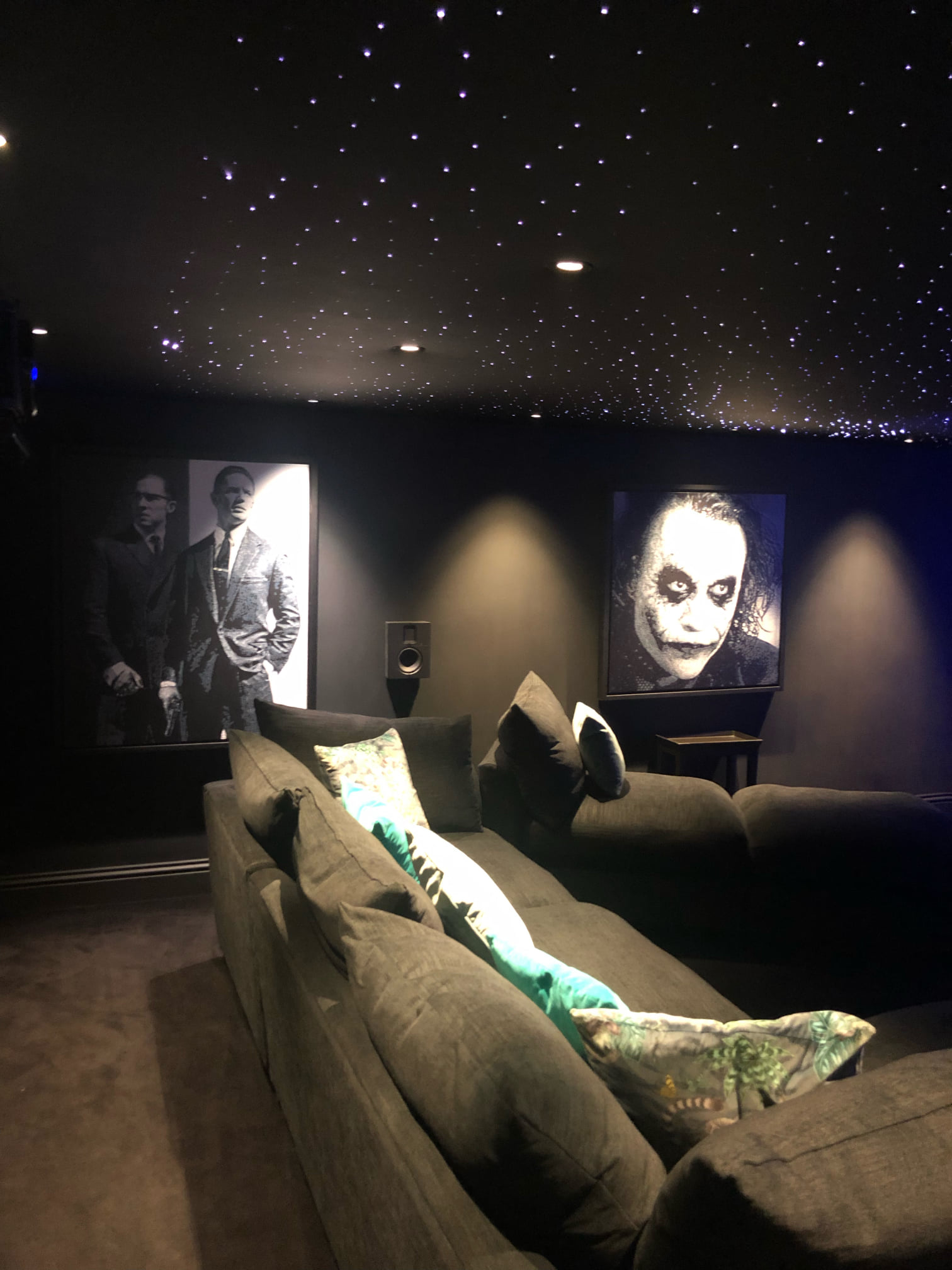
The world of audio technology in music, gaming, and video moves fast-there is always someone pushing the boundaries. After stereo and surround, everyone talks about immersive audio. Here is a brief overview.
1.Immersive audio lifts your sound experience
As the name suggests, immersive audio envelopes the listener and leads to a more life-like, three-dimensional sound experience. It’s the next step up from home theater’s common surround sound, as it adds height speakers above your head. Immersive audio makes films, music, and sound effects more engrossing, with a much deeper and more thrilling audio experience. It’s much closer to real sound events, as our hearing enables us to perceive sound coming from all three dimensions.
2. There are many ways to immerse yourself
Dolby Atmos. DTS:X. Auro-3D. Apple Spatial. Sony 360. There are many names for immersive audio. Basically, they all require movies or music produced and coded in a three-dimensional way, a corresponding sound decoder in the multichannel processor on the replay side, and, for a home theater, the matching number of loudspeakers. To a degree, common surround-sound or even traditional stereo can also be unmixed three-dimensionally. In the studios, advanced immersive formats such as Dolby Atmos and DTS:X have evolved from channel-based sound mixing to object0based mixing, which not only directs sound effects to specific channels but creates the experience that immersive sound is all about: enveloping the listener with a dome of sound. There are differences in the formats and decoding, but overall, they are compatible and require speakers up front, to the sides, behind, and above you.
3. How many speakers are needed?
The number of speakers depends on the room size but also influences the quality of immersive sound: More speakers fill a larger space but also create a more lifelike and enveloping sound image around you. Depending on the room size, the starting point is the common 5.1 or 7.1 or 9.1 channel setup, with the first dumber indicating the front, side, and rear speakers and the second number indicating the subwoofers. A 7.1.2 system would add a third indication number and feature two additional speakers, adding height information at the front. Much better is a 7.1.4 system with four additional speakers, adding height information at the front and behind. A 7.1.6 system would consist of six additional speakers, adding height information at the front, over, and behind seating. Optional is one center-mounted ceiling channel (voice of God) in rooms with higher ceilings.
4. Spend the budget where quality matters
With the number of speakers becoming the main talking point of immersive audio, it’s easy to overlook the sound quality. Immersive soundtracks are created in the very best recording studios by the best mixing engineers and require loudspeakers on the same high-quality level. Furthermore, for the most lifelike and enveloping sound experience, all speakers and then height speakers. Effect and height speakers can also be smaller in size to fit wall and ceiling integration. But the best immersive sound experience can only be guaranteed if the effect and height speakers are not treated as an afterthought but blend-in seamlessly with the main speakers.
5. You can even make the bass immersive
Traditionally, the bass and low frequencies are treated as mono, mixed on the Low Frequency Effects :LFE) channel of a movie or music soundtrack, to be played through one subwoofer. In real-life, every sound event has a direction, meaning low frequencies can come from one side or even from behind you. Steinway Lyngdorf engineers have developed Bass Management featuring left and right subwoofers in the room. Based on psychoacoustics, all bass information is routed and mixed to the left and right subwoofers accordingly, achieving a seamless blend between speakers and subwoofers. Just like immersive sound from the speakers, Steinway Lyngdorf Bass Management surrounds the listener and provides a more life-like, three-dimensional sound experience across all frequencies. This requires a minimum of two front subwoofers for the left and right side, or even four subwoofers on the front left, front right, rear left, rear right. The result is a new level of bass experience, completing the idea of immersive audio.
6. Don’t forget to upscale the screen
A movie soundtrack or a live music recording played on a really good sound system can elevate the whole home theater experience. To a degree. an impressive sound experience can even cover up the size of the screen. Immersive audio allows the audience to become part of the movie or soundstage more than ever before. However, as important as the sound experience is, the visuals must match the sound. A high-quality screen or projector and the largest possible screen size will not only add to the experience but will make the home theater future-proof for coming resolutions and content quality.
